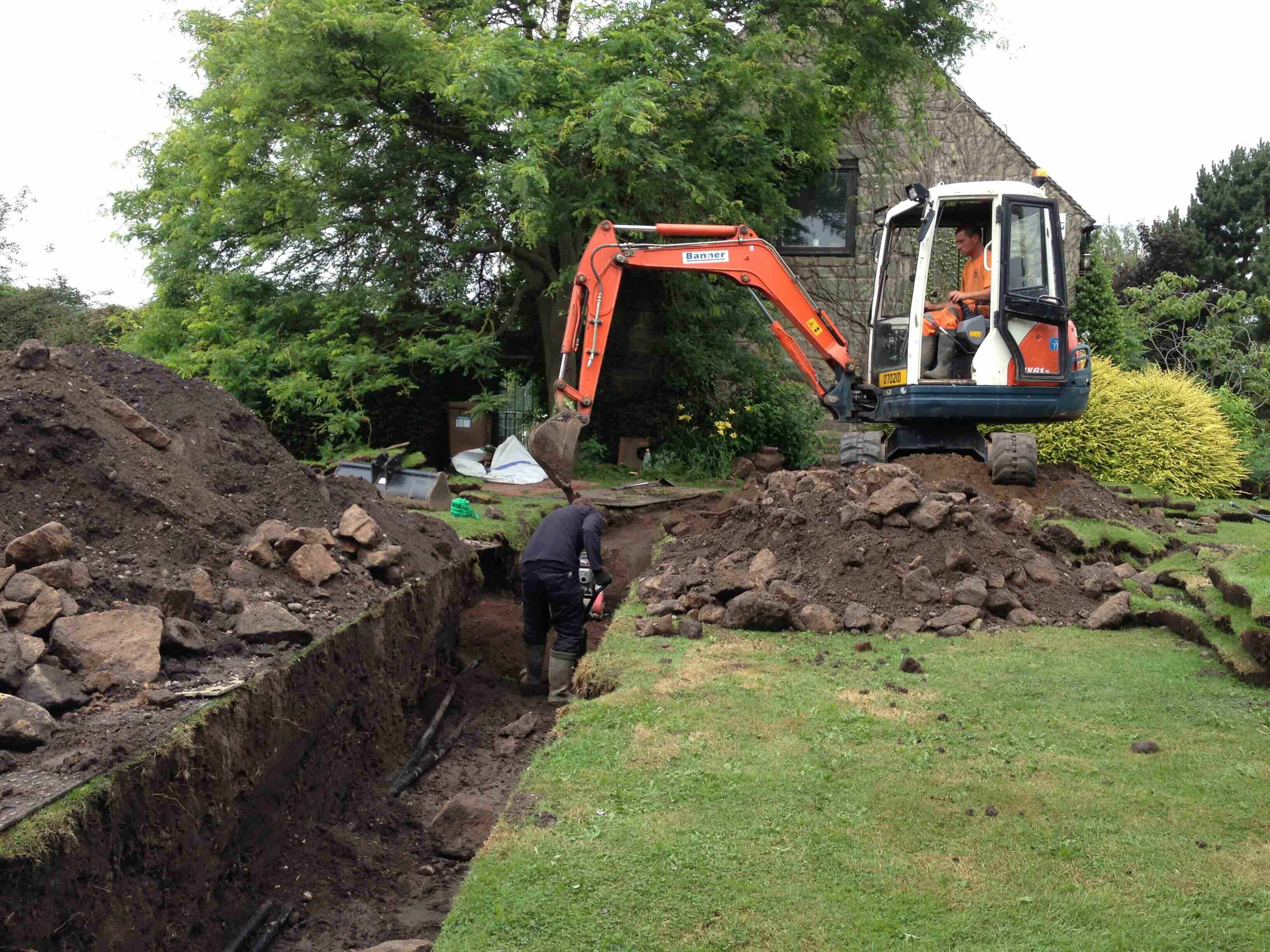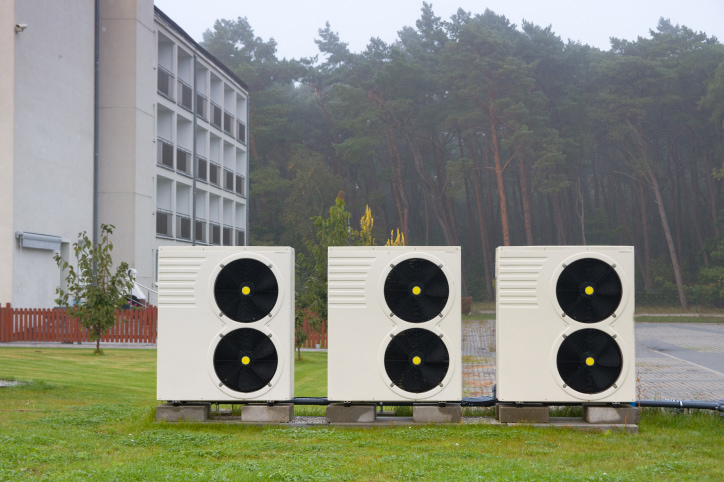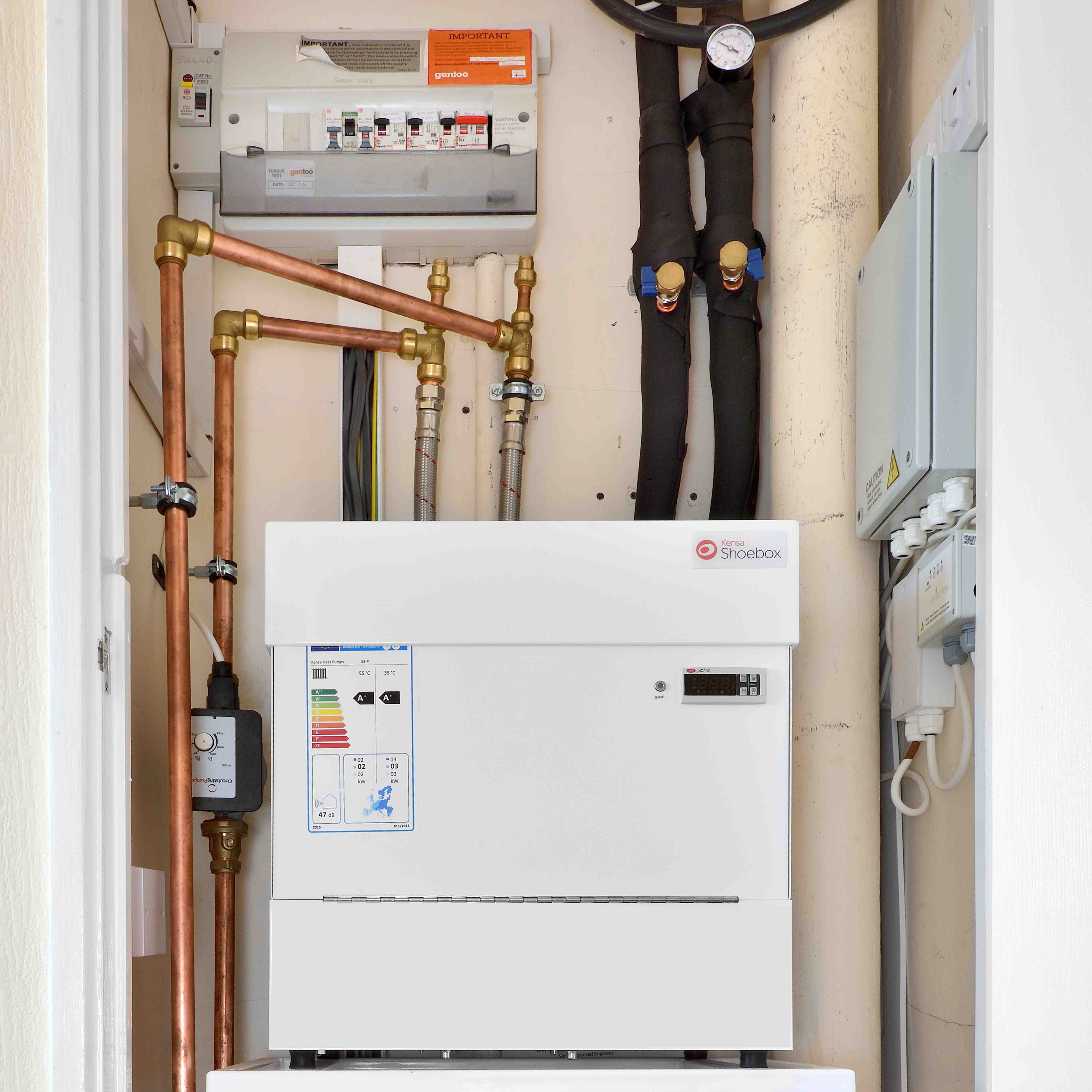Results
Your best options
These options are likely to be the best for homes like yours.

[.cms-scribble-long]Ground source [.cms-scribble-long] [.position-relative]heat pump with ground loop[.position-relative]
System
This ground source heat pump uses underground pipework laid in a shallow trench to absorb heat from the ground to warm up the water that runs through your radiators.
Cost
£17,000-£28,000 (£7,500 grant available)
Recommendation
Ground source heat pumps have a higher efficiency and lower running costs, making them good investments for larger homes like yours. You also have suitable outdoor space to lay the underground pipework.
.jpg)
[.cms-scribble-long]Ground source [.cms-scribble-long] [.position-relative]heat pump with borehole[.position-relative]
System
This ground source heat pump uses underground pipework installed in a deep, but narrow, borehole to absorb heat from the ground to warm up the water that runs through your radiators.
Cost
£49,000 (£7,500 grant available)
Recommendation
Ground source heat pumps have a higher efficiency and lower running costs, making them good investments for larger homes like yours. You also have suitable outdoor space to drill the borehole.

[.cms-scribble-long]Heat network[.cms-scribble-long] [.position-relative] [.position-relative]
System
Heat networks supply heating to multiple buildings or homes through a network of insulated pipes, using heat generated from various sources such as industrial waste heat or heat pumps. There are two types: district heating, which serves large areas and connects multiple buildings, and communal heating, which supplies heat to smaller developments like blocks of flats.
Recommendation
Your answers suggest that you either live in a flat/ apartment or currently have district heating, which means connecting to a heat network might be a good option for you.
Other possible options
These options are technically possible in homes like yours, but they’ll either be unnecessarily complex or costly to install, or may not be the most cost-efficient to operate.
.jpg)
[.cms-scribble-short]Air source [.cms-scribble-short] [.position-relative]heat pump [.position-relative]
System
An air source heat pump uses heat from the air outdoors to warm up the water that runs through your radiators and taps.
Cost
£8,000-£15,000 (£7,500 grant available)
Recommendation
Although an air source heat pump could work in your home, they can be slightly more complex to install in purpose built flats.
.jpg)
[.cms-scribble-short]Air-to-air [.cms-scribble-short] [.position-relative]heat pump[.position-relative]
System
An air-to-air heat pump works like air conditioning in reverse, taking cool air from outside and warming it before releasing it into your home.
Cost
£2,500 (no grant available)
Recommendation
Air-to-air heat pumps are easier and cheaper to install than other heat pumps, but they are generally better suited for smaller homes, those that don’t have a wet central heating system, or for those where other heat pumps aren’t as practical to install.

[.cms-scribble-long]Shared ground [.cms-scribble-long] [.position-relative] source heat pump[.position-relative]
System
This ground source heat pump uses an array of underground pipework to absorb heat from the ground to warm up the water that runs through your radiators. This pipework is shared between different properties.
Recommendation
Although shared ground source heat pumps are a good way to spread the high cost of installation with your neighbours, this can create extra hassle. Other heat pumps are likely to be easier to install for homes like yours.
Not feasible for your home
It’s highly unlikely that these options will be technically possible in homes like yours.